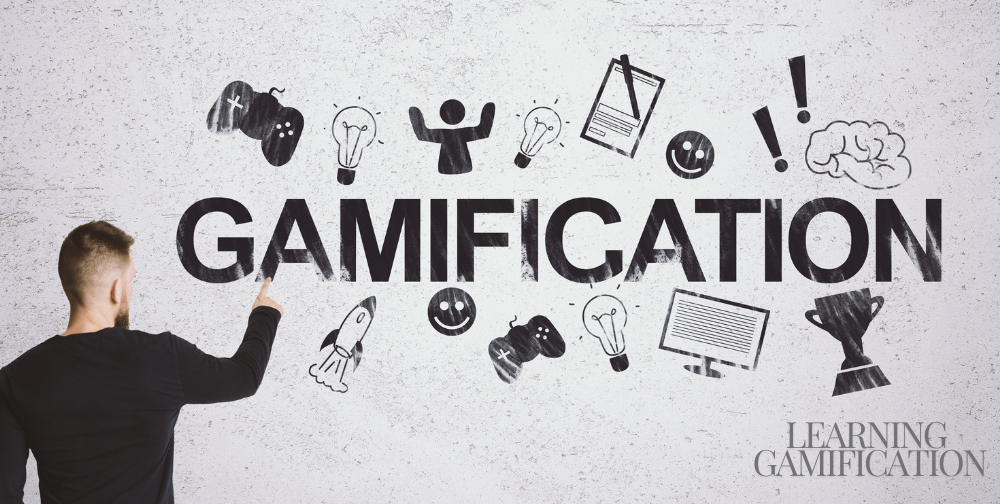How Gamification Is Making Learning Exciting Again

Video games aren’t just for fun anymore; they’re making a serious mark in education. Schools and researchers are starting to see the big potential of using games to boost learning. Let’s dive into how video games can help with cognitive skills, teamwork, and keeping students engaged.
Boosting Brain Power
Video games are great for the brain! Games that make you think, solve puzzles, and make quick decisions can really sharpen those skills. Think about strategy games like “Civilization” or puzzle games like “Portal.” They push you to plan ahead, think critically, and multitask.
Studies have shown that these games can improve your spatial awareness, memory, and even help you juggle multiple tasks at once. And these benefits don’t just stay in the game; they can help you out in school, especially in subjects like math and science.
Real-World Examples
1) Schools around the world are already using video games to improve learning. For example, the New York City Department of Education has a program called “Quest to Learn,” where the curriculum is built around game-based learning. Students go on game-like quests that make them apply knowledge from different subjects to solve problems.
2) Research from the University of Bristol found that students who used educational video games in class were more engaged and retained more information compared to traditional methods. These success stories show how video games can change the way we learn.
3) In Finland, one of the countries renowned for its innovative education system, schools are incorporating games like “DragonBox” to teach math. DragonBox turns algebra into a fun and interactive game, making it easier for students to grasp complex concepts while having fun. The result? Higher engagement and a better understanding of the material.
4) Even Drexel University uses video games to teach engineering concepts. Their program involves using simulations and game-based tasks to help students understand real-world engineering problems. By turning complex theories into interactive challenges, students can better visualize and comprehend difficult concepts.
Where To Get Games
If you want to enhance your learning with video games, you should definitely check out Eneba. They have a fantastic selection of discounted Steam games at really affordable prices, so you can get the most value for your money. They also offer Google Play gift certificate, which you can use to buy educational apps and games on the Google Play Store. This is a smart way to expand your learning tools without spending a fortune—PC or mobile.
Teamwork Makes the Dream Work
Games are also awesome for learning how to work with others. Multiplayer games are all about working together to reach a goal. This can teach you a lot about communication, cooperation, and leadership. Games like “Minecraft: Education Edition” let students build projects together, solve problems, and share their creations. It’s a fun way to develop social skills and understand the importance of teamwork.
Keeping Students Hooked
One of the hardest parts of teaching is keeping students interested. Traditional methods can sometimes be a bit dull, but video games are interactive and immersive, making learning more exciting. Gamifying education—using game elements like points and leaderboards—can really boost motivation and participation. Platforms like “Kahoot!” and “Quizlet” turn studying into a fun, competitive game, making it much more engaging.
Final Thoughts
Incorporating video games into education can make learning more dynamic and engaging. So, jump into the world of educational gaming and see how it can transform your learning journey. May the XP be with you.





